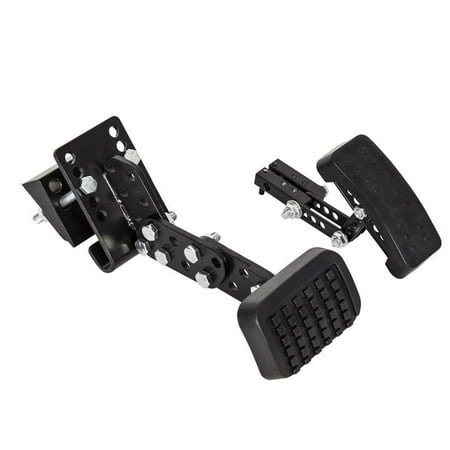Briggs & Stratton 104M02-0021-F1 725EXi Series Vertical Engine w/ 7/8 in. Tapped 3/8 – 24 2WK & Keyway Crankshaft (CARB)
Large rewind starter reduces pulling effort needed for easy unit startupMaintenance-free Magnetron electronic ignition for quick and dependable startsMaxi-Clean automotive type pleated paper air filter provides superior protection for longer engine lifeMechanical torque control provides additional power when its neededComposite camshaft and aluminized Lo-Tone muffler for quieter operationOne-Start float-feed carburetor assures consistent one-pull start upsEngine features are designed to meet Section 1205.5 of the Consumer Product Safety Commission standardsModel Specific Features: Primer carburetor


Reliable performance and power are the pinnacles of Briggs & Stratton’s 725EXi Series engine line. A premium choice for various outdoor tools, there’s no doubt the 725EXi Series offers the durability and dependability needed to power your outdoor equipment. Large rewind starter reduces pulling effort needed for easy unit startup. Maintenance-free Magnetron electronic ignition for quick and dependable starts. Maxi-Clean automotive type pleated paper air filter provides superior protection for longer engine life. Mechanical torque control provides additional power when its needed. Composite camshaft and aluminized Lo-Tone muffler for quieter operation. One-Start float-feed carburetor assures consistent one-pull start ups. Engine features are designed to meet Section 1205.5 of the Consumer Product Safety Commission standards. Model Specific Features: Primer carburetor. Includes725EXi Series Vertical Engine w/ 7/8 in. Tapped 3/8 – 24 2WK & Keyway Crankshaft (CARB) – 104M02-0021-F1SpecificationsSeries: 725EXiLength: 13.8 in.Width: 12.1 in.Height: 9.8 in.Application: Lawn Mowers, Riding Mowers, Tow-Behind MowersCarburetor: Float-FeedControls: Remote, Manual FrictionCooling System: AirCrankshaft Diameter: 7/8 in.Crankshaft Length (Sump Face to Crankshaft End): 3-5/32 in.Crankshaft Tapping Size: 3/8 in. – 24Crankshaft Type: 2WK & KeywayCylinder Bore: 2.69 in. (68.3mm)Cylinder Stroke Length: 2.04 in. (51.8mm)Engine Configuration: VeticalEngine Displacement: 190ccEngine Technology: L-HeadFuel Tank Capacity: 1.6 Qrt.Fuel Type: GasGovernor: MechanicalGovernor Max. Speed (RPM): 3,100Lubrication System: SplashNumber of Cylinders: 1Oil Capacity: 18 – 20 oz.Power Type: GasShipping Weight: 27.6 lbs.Starter: RecoilStarter Position: 6





Reviews
There are no reviews yet.